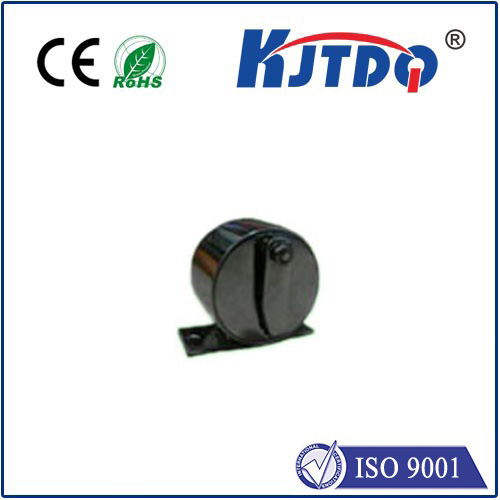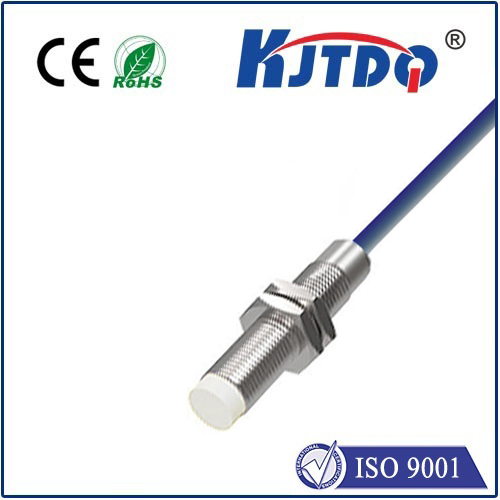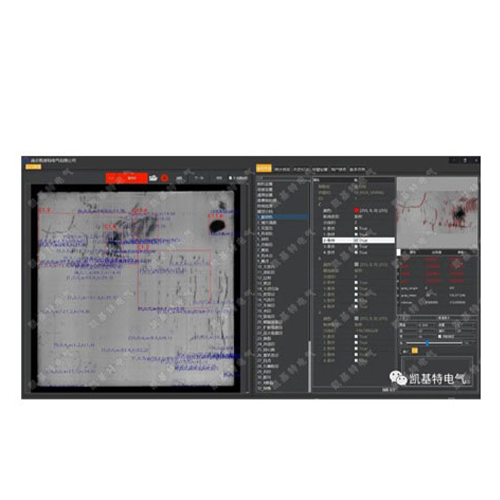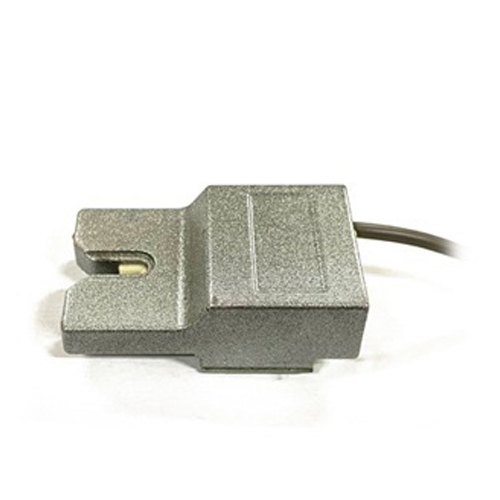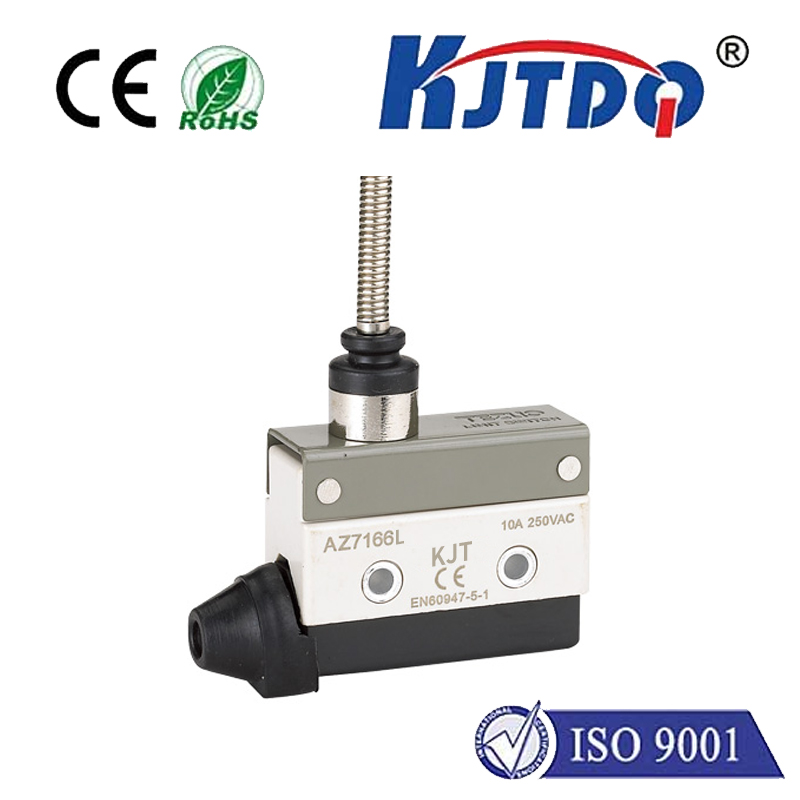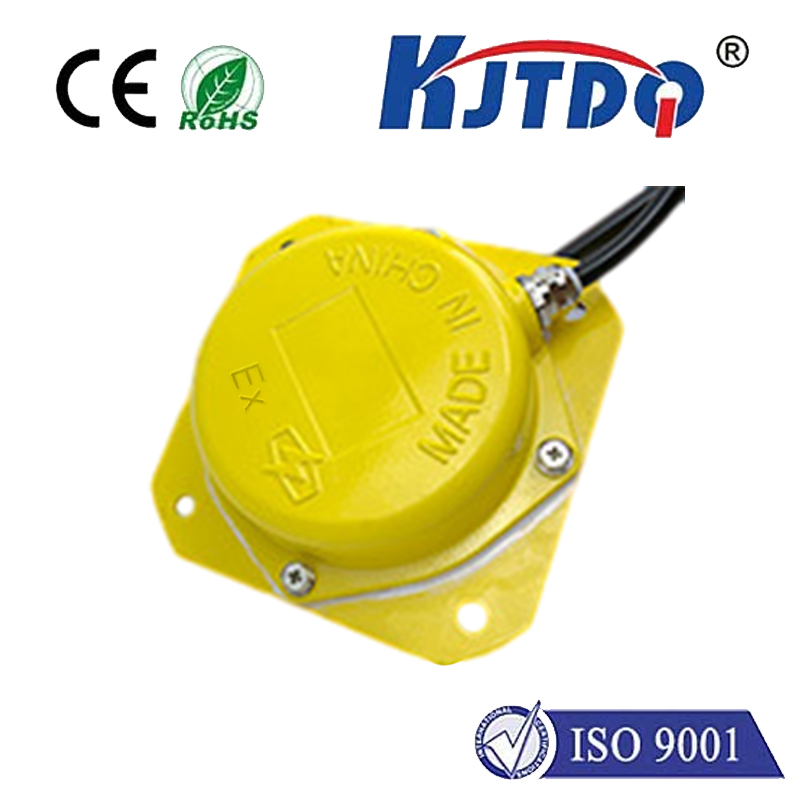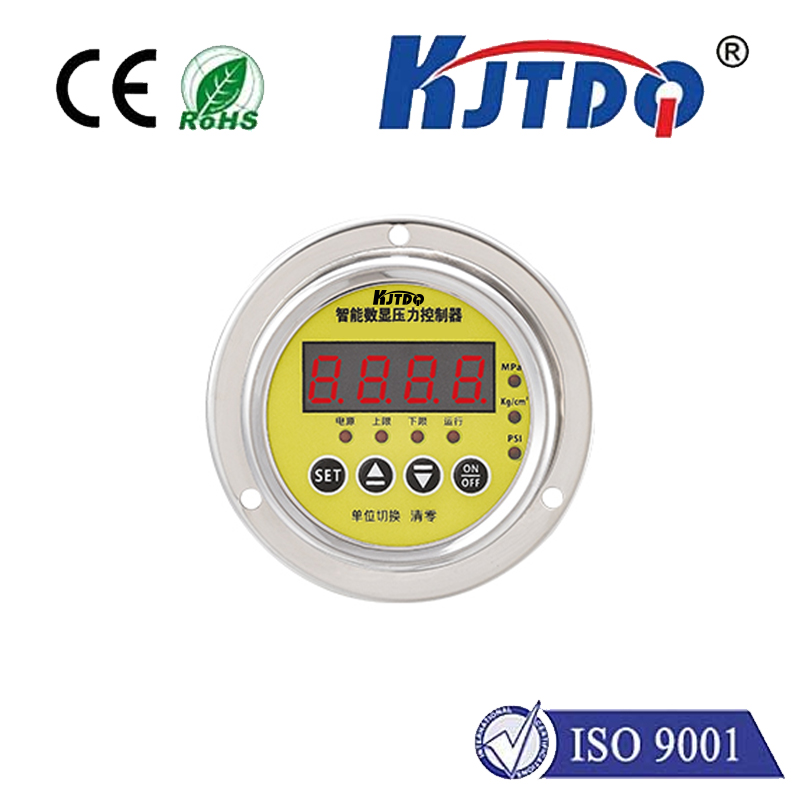crane hoist limit switch
- time:2025-08-04 12:19:59
- Click:0
Hoist Limit Switches: The Critical Safety Guardians Preventing Crane Over-Hoisting Disasters
Imagine a crane hoisting a crucial load towards its destination, high above the factory floor. The operator is focused, the motor strains slightly… and then, a sudden, jarring halt. Not a catastrophic crash, but a controlled stop initiated by a small, often overlooked device: the hoist limit switch. Far from being just another component, this switch acts as the essential last line of defense against one of the most dangerous crane failures – over-hoisting. Understanding its function, importance, and maintenance isn’t just operational protocol; it’s fundamental to workplace safety and asset protection.
What Exactly is a Hoist Limit Switch?
At its core, a hoist limit switch is a safety device integrated into a crane’s hoisting mechanism. Its singular, vital purpose is to automatically interrupt the hoist motor’s upward or downward travel when the hook block (or load block) reaches a pre-determined upper or lower limit. It acts as an automated “off switch” for the hoist motor in the vertical plane, preventing the load block from being raised too high or lowered too far. This seemingly simple function prevents a cascade of potentially catastrophic events.
Why Are They Absolutely Non-Negotiable for Crane Safety?
The consequences of a hoist limit switch failure or absence are severe:
- Over-hoisting (Upper Limit Failure): This is the primary nightmare scenario. If the load block is raised beyond its maximum safe height:
- Catastrophic Structural Damage: The block can slam into the drum itself or the crane boom structure with immense force. This can buckle steel, break welds, and cause permanent, costly damage rendering the crane inoperable.
- Cable Rupture or Derailment: The hoist cable can be severely damaged, potentially snapping under the excessive tension or jumping off the drum grooves. A falling cable under load is incredibly dangerous.
- Load Dropping: Both structural damage and cable failure can result in the uncontrolled descent of the load, posing an extreme hazard to personnel, equipment, and infrastructure below.
- Over-lowering (Lower Limit Failure): While sometimes less immediately catastrophic than over-hoisting, failing to stop excessive downward travel can cause the block to crash onto the floor, a truck bed, or other obstructions. This can damage the block, the load, the crane structure due to shock loading, and pose crushing hazards if personnel are nearby.
The hoist limit switch is the primary engineered control preventing these events. Operators rely on it as the ultimate safety backup, even if manual controls are mishandled.

How Do Hoist Limit Switches Function?
Hoist limit switches typically work through one of two common methods, both designed to be fail-safe:
- Rotary Cam-Type Limit Switches: This is a prevalent design. A rotating shaft, mechanically linked to the hoist drum via gears or chain, turns in proportion to the drum’s rotation (and thus, the hook’s movement). Fixed cams are positioned along this shaft corresponding to the upper and lower travel limits. As the shaft rotates, these cams physically engage limit switch levers at the precise points corresponding to the maximum hook positions. When a cam pushes the lever, it opens or closes electrical contacts within the switch, immediately cutting power to the hoist motor in that direction.
- Pendant-Mounted or Rope-Actuated Switches: In some designs, especially for overhead cranes with long vertical travels, the switch unit might be mounted on the crane bridge or trolley. A wire rope or chain is attached to the moving hook block and runs to the switch actuator. As the block reaches its maximum height or depth, it pulls on this rope/chain, mechanically triggering the switch contacts to open or close and stop the motor.
Key Standards and Compliance: It’s Not Optional
The critical role of hoist limit switches is enshrined in major crane safety standards worldwide, making their presence and proper function a legal and regulatory requirement. Key standards include:
- ASME B30.2 (Overhead and Gantry Cranes): Mandates that all powered cranes must have automatic hoist limit devices that interrupt power to the hoist motor. It specifies requirements for functionality, location, and that they must automatically reset when the block is moved away from the limit.
- ISO 4301 (Cranes - General design): Provides international design principles, emphasizing the need for redundant safety systems, where the limit switch acts as a vital secondary protection beyond operator control.
- OSHA Regulations: U.S. Occupational Safety and Health Administration regulations (e.g., 1910.179) explicitly require effective hoist limiting devices on overhead and gantry cranes to prevent over-hoisting.
Ignoring these standards isn’t just risky; it’s illegal and exposes companies to significant liability.
Ensuring Reliability: Inspection, Testing, and Maintenance
Given their critical safety role, hoist limit switches cannot be “fit and forget” components. A rigorous maintenance regime is essential:
- Regular Functional Testing: This is paramount. Operators should functionally test both the upper and lower limit switches before the start of each shift or prior to first use each day as part of a pre-operational inspection. This involves slowly running the hoist towards each limit and verifying that the motor cuts out before the block reaches a hazardous position. Never assume it works; always test.
- Scheduled Inspections: Beyond daily testing, detailed inspections should be performed periodically (monthly, quarterly, annually as per manufacturer recommendations and company safety policies) by qualified personnel. This involves:
- Checking for physical damage to the switch housing, levers, cams, or linkages.
- Inspecting actuator ropes/chains for wear, kinks, or corrosion.
- Verifying secure mounting and alignment.
- Checking electrical connections for tightness and corrosion.
- Ensuring switch mechanisms operate smoothly without binding or sticking.
- Calibration and Adjustment: If testing reveals the limits are activating too early (causing nuisance stops) or, critically, too late (defeating the safety purpose), the switch must be calibrated. This involves adjusting the position of the cams or the length of the actuator rope/chain so that the switch trips precisely at the designated safe point. Only trained personnel should perform adjustments.
- Timely Replacement: Hoist limit switches are mechanical/electrical devices subject to wear and environmental factors (dust, moisture, vibration). If inspection reveals irreparable damage, excessive wear, or unreliable operation during testing, the switch must be replaced immediately with a suitable component rated for the application. Do not bypass a faulty switch!
Beyond the Basic Limit: Additional Safety Layers
While the primary hoist limit switch is the mandated and critical device, some cranes incorporate additional layers of protection:
- Secondary or “Final” Limit Switch: Often a separate, independent device set to trip just before the primary limit. This provides redundancy in case the primary switch fails. If the secondary trips, it signals a serious issue that requires immediate investigation and repair – the primary switch may have failed. This redundancy is increasingly considered best practice.
- Load Block Bumper (Physical Limit): This is a physical buffer (rubber, polyurethane) mounted at the absolute highest point the block could potentially reach. It serves as a purely mechanical last resort to absorb impact energy if all limit switches fail catastrophically, helping to mitigate (though not prevent) structural damage.
The Imperative: Respect the Switch
The crane hoist limit switch embodies a crucial principle in industrial safety: engineering controls are fundamental to preventing human error or mechanical failure from escalating into disaster. Its small size and often hidden location belie its immense responsibility. Prioritizing its daily testing, diligent maintenance, and understanding its






